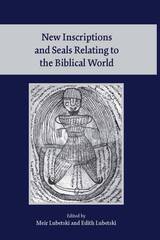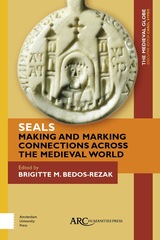

Dumbarton Oaks houses the largest collection of Byzantine lead seals in the world, with approximately 17,000 specimens. Volume 7 of the ongoing series of Dumbarton Oaks catalogues presents a distinct part of the collection: 572 anonymous seals bearing sacred images on both sides. The seals, almost all previously unpublished, are fully illustrated and accompanied by a detailed commentary that provides transcriptions of the identifying sigla. This volume represents the first attempt to analyze this group of seals chronologically and typologically.
The depictions of Christ, the Virgin, and a remarkably wide array of saints and narrative scenes offer rich and untapped material for scholars interested in Byzantine piety and culture. Discernible trends within this body of seals help to track the popularity of various saints and the changes in devotional images over time. The variety of these images, enhanced by reference to examples in other collections, will also enable scholars to compare the renderings of holy figures on lead seals to those appearing in other Byzantine religious images.





The vast collection of 17,000 Byzantine lead seals in the Harvard collections has long been recognized as an important source for the study of the Byzantine provinces. This volume, the first in a series of catalogues of geographical seals, covers the Empire’s western territories and its possessions North of Thessaly.
The sections begin with a short essay on the region’s location and history. Each seal is illustrated and is accompanied—where appropriate—by full commentary regarding the specimen’s date, biographical information on its owner, peculiarities of orthography, and special features of iconography. These small seals are a large contribution to historical geography, the evolution of the Byzantine provincial administration, prosopography, development in the Greek language, and decorative vogues.




READERS
Browse our collection.
PUBLISHERS
See BiblioVault's publisher services.
STUDENT SERVICES
Files for college accessibility offices.
UChicago Accessibility Resources
home | accessibility | search | about | contact us
BiblioVault ® 2001 - 2024
The University of Chicago Press









